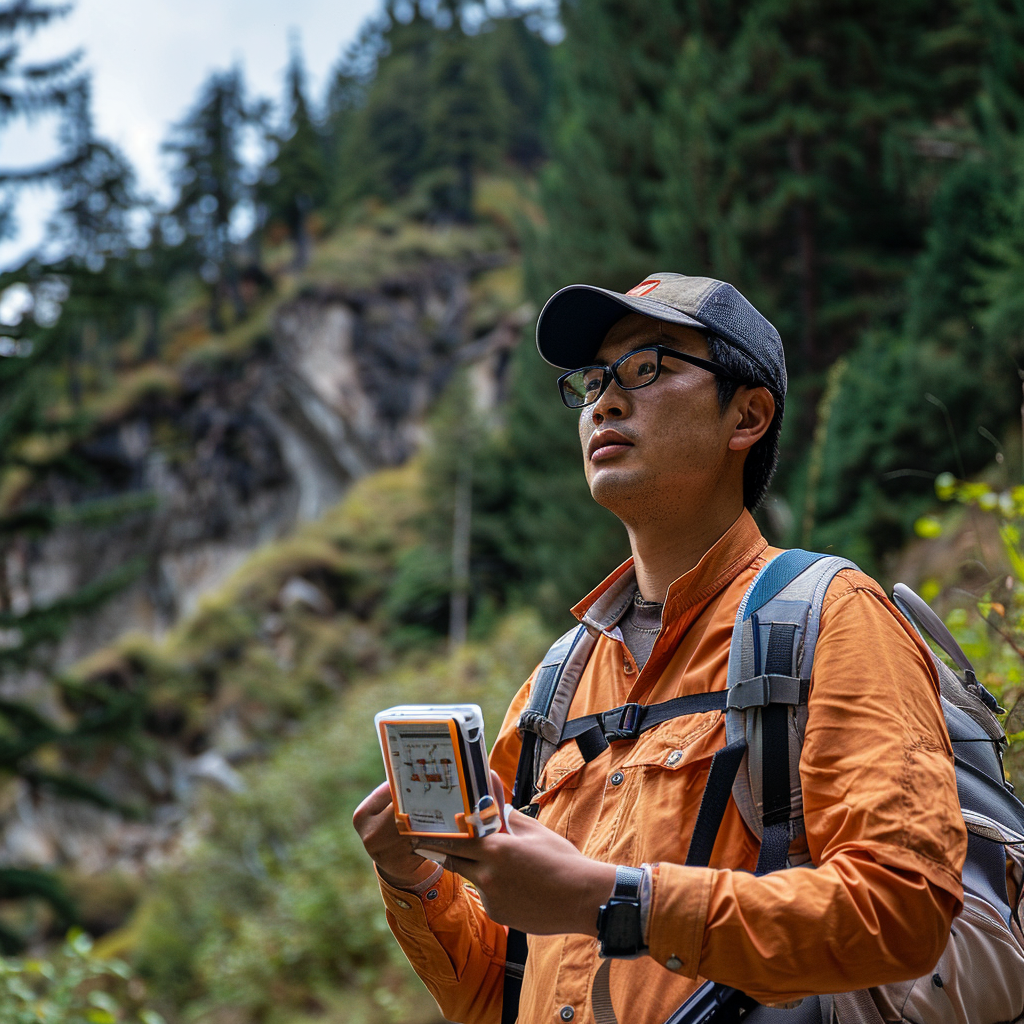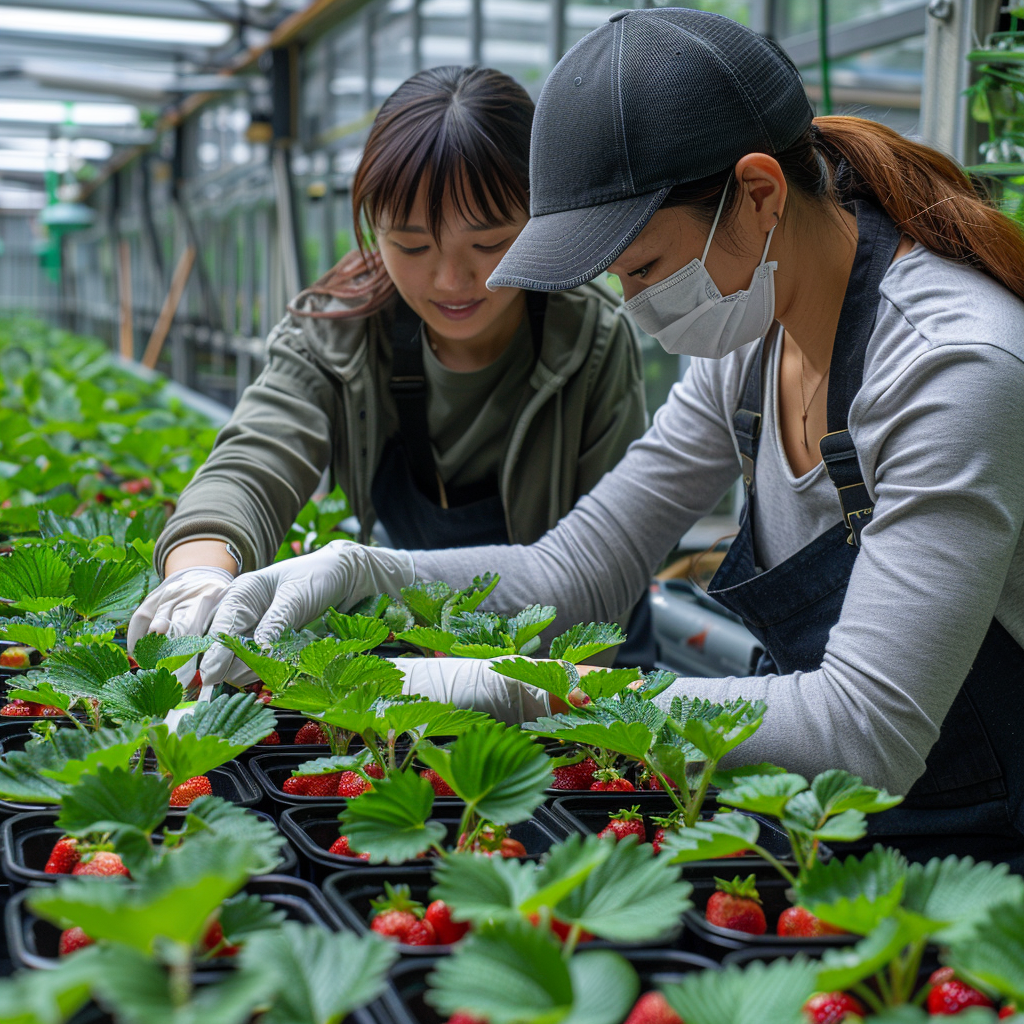发布:2025-04-08 浏览:0
在山林间,一棵棵树木随风摆动,看似普通的它们,其实是一笔实实在在的资产。当人们需要买卖山林、办理贷款或是分割财产时,就需要给这些林木算笔 “明白账”,这就是林木资产价格评估。它不是简单地数树、称重量,而是像给人做体检一样,综合考虑树木的种类、年龄、生长状况以及山林的位置、用途等因素,最终算出一个合理的价格。
In the mountains and forests, trees sway in the wind, seemingly ordinary but actually a tangible asset. When people need to buy or sell forests, apply for loans, or divide property, they need to calculate the "clear account" for these trees, which is the evaluation of forest asset prices. It's not just about counting trees and weighing them, but rather like giving people a physical examination, taking into account factors such as tree species, age, growth status, as well as the location and use of the forest, and finally calculating a reasonable price.
一、评估对象:搞清楚 “评估的到底是什么”
1、 Assessment object: Clarify "what exactly is being evaluated"
林木资产价格评估的对象,不只是一棵棵单独的树,而是整片山林的 “综合价值”。
The object of forest asset price evaluation is not just individual trees, but the "comprehensive value" of the entire forest.
树木本身的 “身价”:不同树种的价值差异很大,比如松树、杉树这类常用作木材的树,价格多按体积算(比如每立方米多少钱);而银杏树、红豆杉等景观树或珍稀树种,价格可能按树的胸径(树干离地面 1.3 米处的直径)和树形来定,胸径越粗、树形越美观,价格越高。就像菜市场里买菜,普通青菜按斤卖,稀有菌类按棵卖,各有各的计价方式。
The "value" of trees themselves: The value of different tree species varies greatly, such as pine and fir trees, which are commonly used as timber and are priced based on their volume (such as how much they cost per cubic meter); Landscape trees such as ginkgo and yew, or rare tree species, may be priced based on their diameter at breast height (the diameter of the trunk at 1.3 meters above the ground) and tree shape. The thicker the diameter at breast height and the more beautiful the tree shape, the higher the price. Just like buying vegetables in the market, ordinary vegetables are sold by jin, and rare mushrooms are sold by tree, each with its own pricing method.
山林的 “隐形价值”:山林的位置、土壤肥力、水源条件等,都会影响林木的价值。比如,位于交通便利处的山林,树木砍伐后运输成本低,价格会更高;土壤肥沃、阳光充足的山林,树木生长速度快,未来的收益也更可观。此外,有些山林可能具备生态价值(如水土保持、景观观赏),这些虽然不直接卖木材,但在评估时也会被考虑进去,就像房子的地段和周边环境会影响房价一样。
The 'invisible value' of mountains and forests: The location, soil fertility, and water source conditions of mountains and forests all affect the value of trees. For example, mountains and forests located in convenient transportation areas have lower transportation costs and higher prices after tree felling; The fertile soil and abundant sunshine in the mountains and forests result in faster tree growth and more substantial future income. In addition, some mountain forests may have ecological value (such as soil and water conservation, landscape viewing), which, although not directly sold as timber, will also be taken into account in the evaluation, just as the location and surrounding environment of a house can affect housing prices.

二、影响价格的 “关键因素”:给树木 “定价有讲究”
2、 The 'key factor' affecting prices: pricing trees with precision
评估林木资产价格时,需要综合考虑多个因素,每一项都像天平上的砝码,左右着最终的价格。
When evaluating the price of forest assets, multiple factors need to be considered comprehensively, each of which is like a weight on a balance, influencing the final price.
树木的 “年龄与健康”:树木的年龄直接影响它的价值。幼树虽然现在不大,但未来有生长空间,评估时会算上 “成长预期”;成年树已经成材,价格主要看当前的木材量和市场行情。同时,树木的健康状况也很重要,比如有没有病虫害、树干是否笔直粗壮,就像买水果时,饱满无虫的果实卖得更贵,健康挺拔的树木也更值钱。
The 'age and health' of trees: The age of trees directly affects their value. Although the young trees are not large now, they have room for growth in the future, and their "growth expectations" will be taken into account when evaluating them; Adult trees have already become mature, and the price mainly depends on the current amount of wood and market conditions. At the same time, the health status of trees is also important, such as whether there are pests and diseases, and whether the trunk is straight and thick. Just like when buying fruits, plump and insect free fruits sell more expensive, and healthy and upright trees are also more valuable.
市场行情的 “风向标”:木材的市场价格波动会直接影响林木资产的评估值。比如某年市场上松木价格大涨,那么种满松树的山林评估价也会跟着上涨;反之,若某类木材供过于求,价格下跌,山林的评估值也会降低。此外,不同地区的市场需求不同,比如山区附近可能更需要建筑用木材,评估时会侧重木材的实用性;城市周边的山林可能更看重景观价值,评估时会考虑树木的观赏特性。
The "barometer" of market conditions: The fluctuation of timber market prices will directly affect the evaluation value of forest assets. For example, if the price of pine trees rises sharply in a certain year's market, the assessed value of forests filled with pine trees will also increase accordingly; On the contrary, if there is an oversupply of a certain type of wood and the price drops, the evaluation value of the forest will also decrease. In addition, the market demand varies in different regions. For example, near mountainous areas, there may be a greater need for construction wood, and the evaluation will focus on the practicality of wood; The mountains and forests around the city may value landscape value more, and the ornamental characteristics of trees will be considered when evaluating.
本文由林木资产价格评估友情奉献.更多有关的知识请点击:http://www.jyslpg.com我们将会对您提出的疑问进行详细的解答,欢迎您登录网站留言.
This article is dedicated to friendship For more information, please click: We will provide detailed answers to your questions. You are welcome to log in to our website and leave a message


















